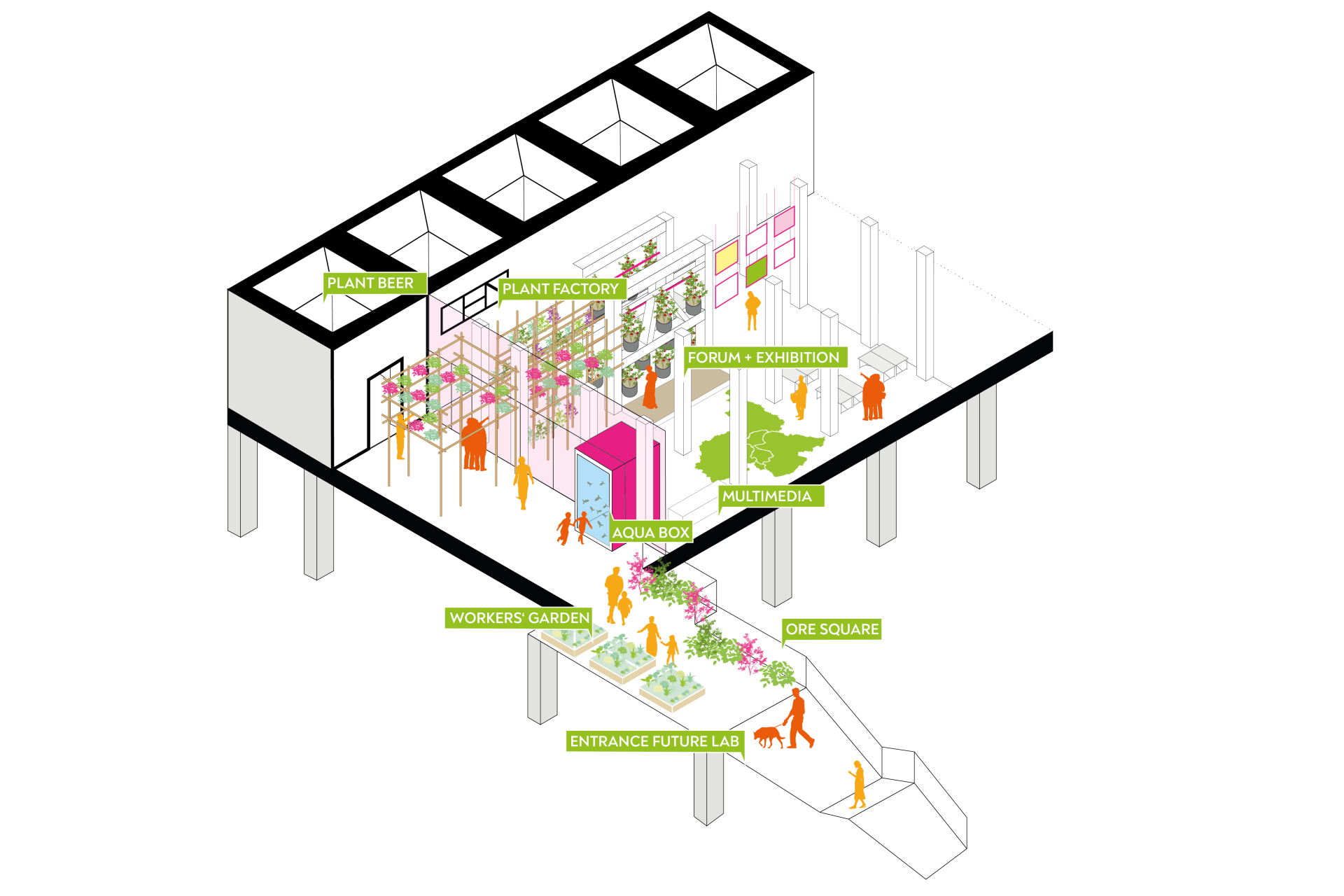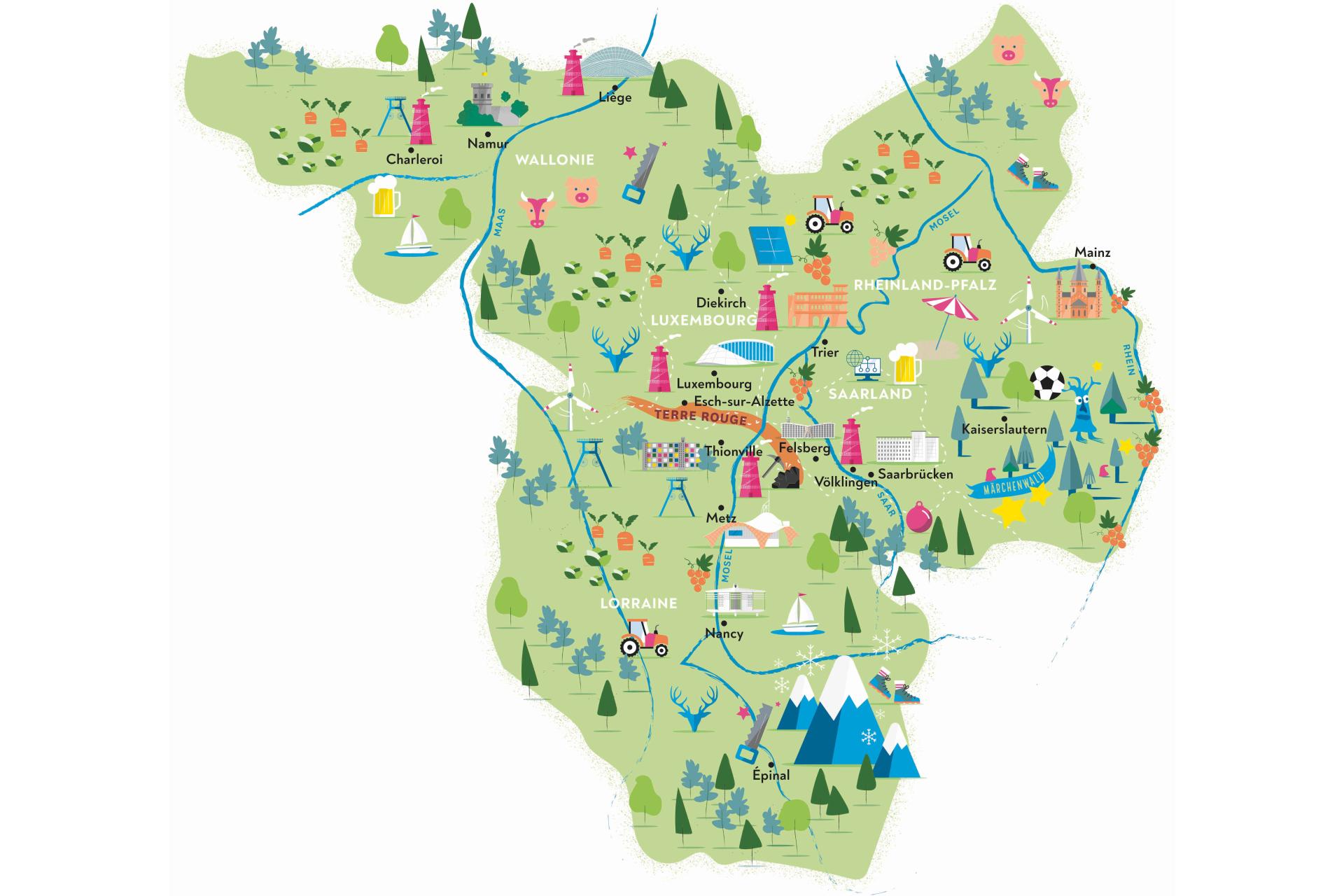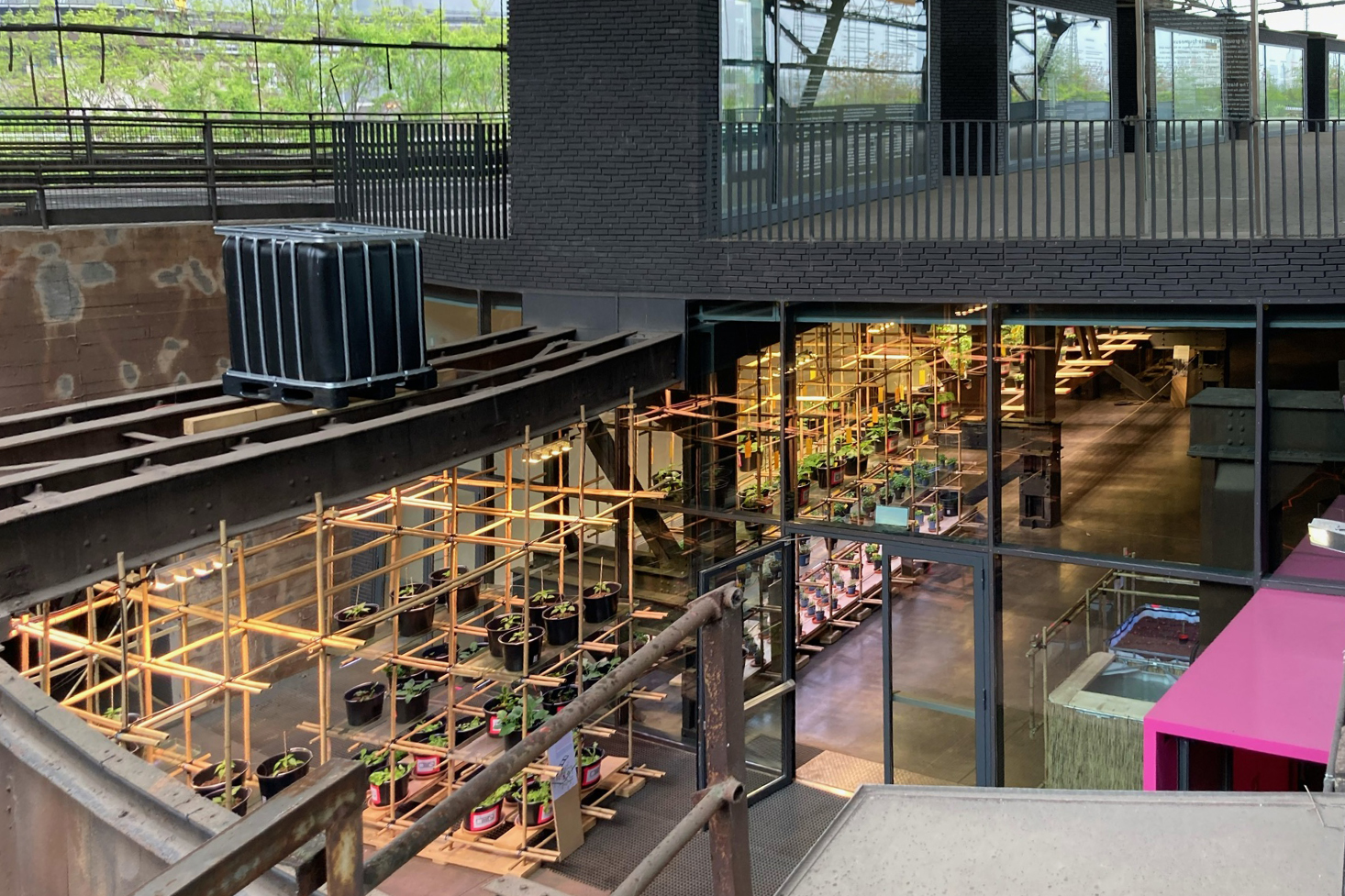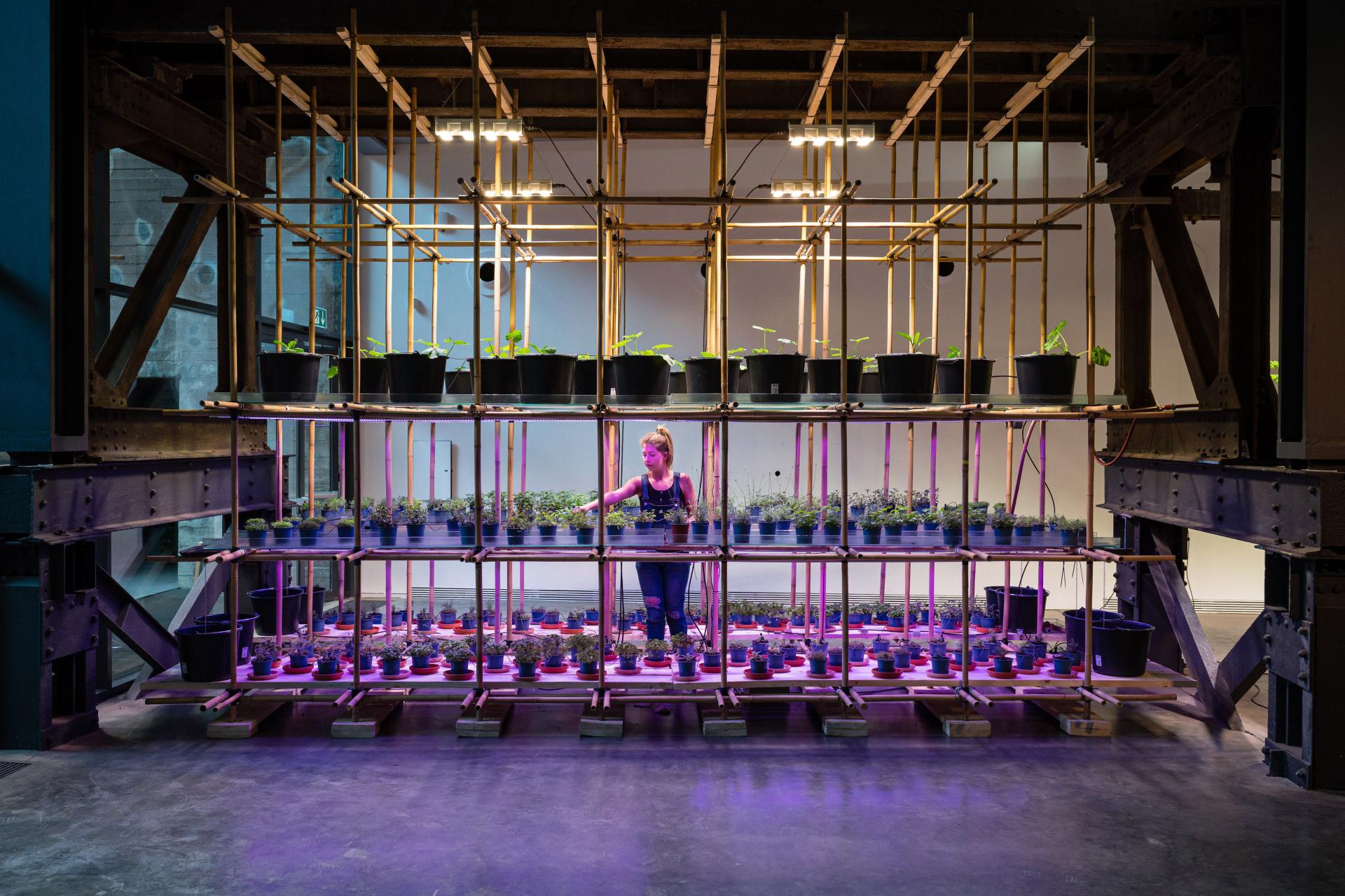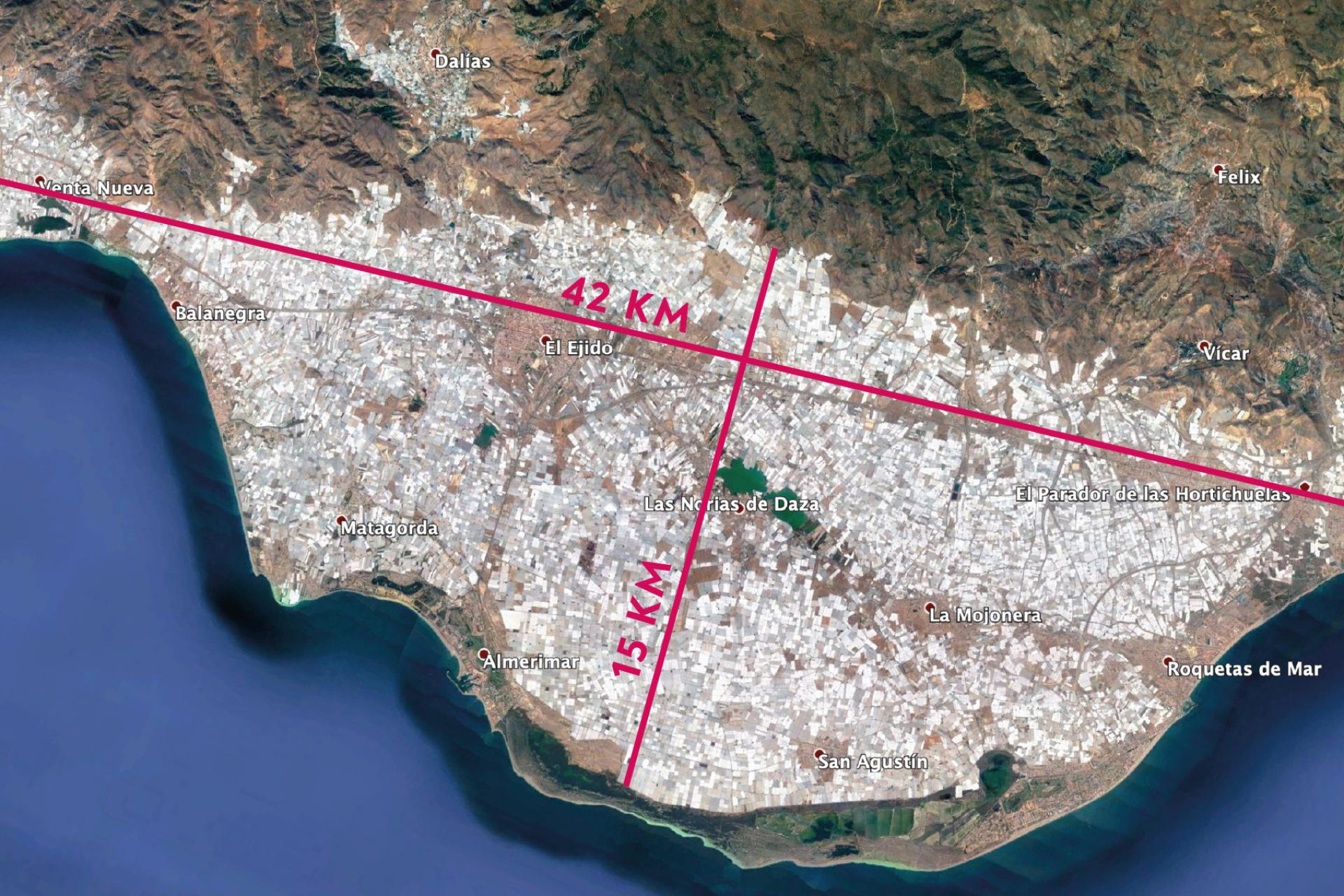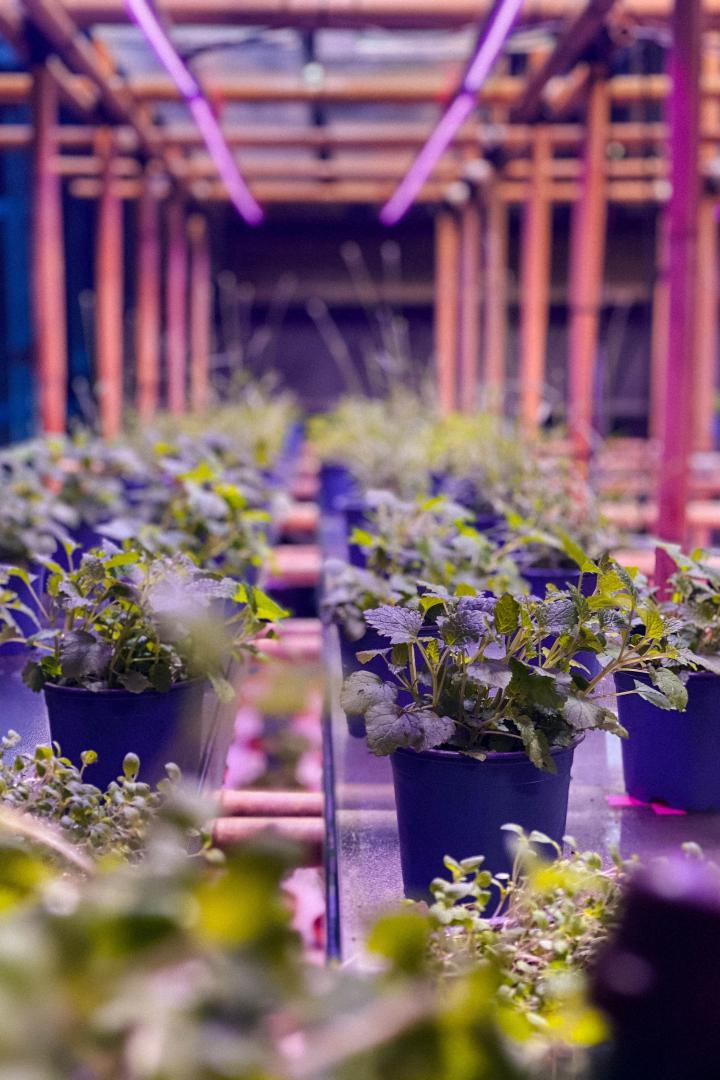IBA-Plant
Basic information
Project Title
Full project title
Category
Project Description
The IBA-Plant is a future-themed, temporary installation that conveys ideas about the future development of our planet and transports those to the people. It is an aesthetic art project whose circular mode of action stimulates sustainable processes and reaches all its visitors inclusively. The implantation of an “IBA-Plant” leads to intellectual and intuitive discussions about our future life and could solve future problems globally on different scales.
Project Region
EU Programme or fund
Description of the project
Summary
„Internationale Bauausstellung“, or IBA is a format that has been evolving for over 100 years in Europe from an exhibition of new building styles and tasks to a transformation tool. IBA is a think tank and a laboratory of our future that works in a temporary state of exception, in an intermediate, protected space.
The IBA-Plant of the pre-IBA-Team of the Greater Region is a temporary, future-themed and artistic installation of sustainable processes and is a walk-in transporter of the future development of our planet and humanity. The creation of a cycle for food production not only stands for sustainable processes, but also creates practicable sustainability by showing and practicing the destruction of CO2, the resource-saving production of food and by evoking a strong inclusive involvement of the citizens.
The installation of an IBA-Plant intends a provocation through the juxtaposition of green life and a dystopian environment. The real benefit of the IBA-Plant lies in the experience of an unusual space and in the participation in the processes, such as sowing, growing and harvesting. The innovative aspect lies not only in the use of state-of-the-art technologies and processes, but also in the experience of sustainability. Thus, the IBA-Plant is a best practice example that is to be reconstructed in the next steps at other locations in the Greater Region on a cross-border basis. Transferred to other scales, an IBA-Plant can also be thought of and realized globally. Combined with the production of animal food, it could destroy CO2 in a resource-neutral way and fight world hunger.
Key objectives for sustainability
The first installation of the IBA-Plant is initiated within the "Future Lab" of the World Cultural Heritage Site at the Völklingen Ironworks from April to September 2021. From October 2021, it is to be re-installed at other locations, at best in cross-border areas, in order to grow the visiblity process of sustainability a tangible experience. The motto of the IBA-GR, "(mais) il faut cultiver notre jardin", the final sentence of Voltaire's Candide, is directly implemented in the IBA-Plant, in three sections. The PLANT-FACTORY is a laboratory for resource-saving food production as a cycle, the FORUM is a space for lectures, workshops and events, and the VISION area shows processes, images and tells stories from the future. Through the "IBA-Plant" experience, every visitor deals, unconsciously or consciously, with the questions of sustainability in production, use and re-use, materiality, design. The IBA-Plant addresses sustainability on different, tangible and easily comprehensible levels.
The process initiated here wants to develop, discuss and present new, innovative concepts for the region, it wants to share this with people in order to install a knowledge transfer across borders and between regions.
Key objectives for aesthetics and quality
The staging of paradise is installed as an experiential space that appears almost like a transcendent apparition, deus ex machina, in a dystopian, post-industrial setting. The IBA Plant stages the classical image of the Garden of Eden.
The image of paradise possesses great aesthetic and pictorial power and is one of the most important representational specifics of art. The dream of a return is still conjured up in pictorial or narrative representation. The frequently used type of the hortus conclusus, whose walls offer protection to the interior and whose source is the basis of life for the growth of the plants and thus its inhabitants, inspired the pre-IBA team strongly.
The IBA-Plant traces the image of paradise into an ultra-modern manufacturing world, whose promise is a perpetually shining sun combined with endless growth. This futuristic garden becomes a symbolic place of return to the lost paradise.
The aesthetic quality of modern food production is breathtaking. The IBA-Plant plays with colours and surreal settings, inspired by vertical gardens, urban farms and the show of light on the artificial, which produces the natural. The IBA-Plant, whose name is derived from the English term plant, with the double meaning of a factory, a space of production as well as an element of nature. Therefore oriented towards a very high degree of contemporary aesthetics and also creates a space that can be experienced as an idea and as a real place in equal measure. Seen in this light, this installation, inserted into an environment, is a walk-in artwork that trains all the senses of human perception and can be experienced in an equally inspiring, educational and adventurous way. The visitor is encouraged to touch the plants, smell them, reminisce, pick edibles and try them out. The IBA-Plant sees itself as an artistic intervention that, being unexpected, remains in the visitor's memory.
Key objectives for inclusion
The narrative of a large common garden, a "Garden for the Greater Region" is an image with a high level of identification potential. It speaks a beautiful, simple and common language that reaches out to everyone and engages everyone on an ethical, aesthetic and emotional level. The inclusive approach to the IBA-Plant encourages people to participate, as it is always concerned with questions of the future and fundamentally thinks in cycles.
The flexibility of this installation contains the approach of the alienation effect, as the IBA-Plant is initiated in unexpected places and thus goes beyond the experience of its own functionality to something completely new and unexpected. The contrasting materials used offer a varied food production and the lasting experience of the people who visit it. This effect is used by the IBA-Plant to take everyone on a journey, to think about further questions and to discuss them publicly, accessible to all.
Results in relation to category
IBA-Plant was conceived as a best practice example that addresses the questions of the future as a sustainable, aesthetically pleasing and innovative format. It is conceived as a new kind of meeting point, reinvents places and is inclusive. The construction of the "Plant-Factory" from sustainable materials addresses the question of production and reuse of materials, and creates a plant factory as a central exhibition element whose design is also and above all determined by functionality. The modularity of the IBA-Plant testifies to a high degree of adaptability, which ensures that it can be implemented in a wide variety of locations and therefore has a lasting value. Colours and light create a special atmosphere that triggers a wow effect, stimulates reflection, informs about the current situation and visions of the future and enters into discourse.
How Citizens benefit
Since IBA-Plant is open to the public, it thrives on participation, communication and interaction. It is aimed at interested citizens as well as experts. This is the greatest benefit for all involved: the knowledge of the specialists is passed on in a simple, inclusive manner, and the questions and interest of the visitors reach back to the experts. The subject of the future design of the environment and food production is laid out in a way that is accessible to all, as the mere experience of visiting is tangible and understandable. IBA-Plant guarantees accessibility, not only in the physical sense, but also in the mental sense. The central aspect of the narrative of the IBA Greater Region is reflected in the final sentence of the Candide: "(Mais) il faut cultiver notre jardin". Voltaire's traveller and citizen of the world, who understands his own clod of a garden as a hortus conclusus, the end point of his search for the best of all worlds, serves as the IBA-Plant's guiding principle. The IBA-Plant has taken up the concept of the "Edible City", that is a participatory garden that has traditional but also avant-garde ways of production. This creates a sense of community for all involved, reflecting perhaps the most important benefit of the project. In order to reach as many citizens as possible, the IBA-Plant is to be played in as many places as possible, all of which are to be open to the public.
Innovative character
The fight against climate change, the eradication of global hunger and the transnational, togetherness beyond race and nation of humanity, must be articulated. Because our nutrition and the air we breathe are the basic needs, enabling our existence. The IBA-Plant combines exhibition, production, presentation and vision in a temporary space where food is produced, and the most topical issues of our time are staged. The food production techniques used in the IBA-Plant would, if spread worldwide, end all problems of basic human existence in one fell swoop. They are innovative developments that, for example, require only 10% of the water used in raising plants in conventional field agriculture, which is also characterized by mass production under plastic tarpaulins and exploitation of field workers. On the other hand, they produce ten times the amount. The use of suitable beneficial insects makes the use of pesticides unnecessary, the high CO2 demand of the new plant factories can be covered by the exhaust gases of neighboring industries, artificial fertilizers become obsolete, cycles are created. The aquaponics system installed here, for example, demonstrates an optimal end state of circular thinking. The fish excretions become fertilizer for the plants, the purified water is returned to the fish. Ultimately, IBA-Plant is about staging cycles in order to see the problems of our world, to ask questions and, at best, to initiate them as answers and projects.

